‘McAtlas’ Explores the World’s Most Unique McDonald’s Locations—and Dishes
This global guide to McDonald’s covers everything from Thailand’s corn pie à la mode to Sweden’s ski-thru window on the side of a mountain.
Listen and subscribe on Apple Podcasts, Spotify, and all major podcast apps.
Dylan Thuras: Okay, big question. What is the single best McDonald’s menu item full access to the entire internationalized menu, but you only get one.
Gary He: Oh, man. I really love the egg bulgogi burger in South Korea. I think the first time I had it, I said to myself, this is on the Mount Rushmore of McDonald’s international menu items. Bulgogi is like a marinated pork barbecued type dish that they have in South Korea. And then of course they have figured out a way to make it in a McDonald’s. It’s still in a patty. They’re not doing raw cuts and stuff like that and putting it on the grill, but they’re figuring out how to emulate the flavor through sauces and other wizardry. And then they throw an egg on top and put it in a burger and it’s delicious. I think it’s number one. There is also, I can give you number two.
Dylan: All right, number two. Yeah, what’s number two?
Gary: All right. And number two is in Thailand, actually. They have a corn pie a la mode and the pies are also deep fried. And then they also do this thing where they will give you a bowl of ice cream, of soft serve ice cream, split the pie in half and then dunk it into the ice cream.
I’m Dylan Thuras and this is Atlas Obscura, a celebration of the world’s strange, incredible, wondrous places. Today I’m talking with James Beard award-winning photographer and writer Gary He.
Gary traveled to more than 50 countries across six continents to research, document and photograph McDonald’s. McDonald’s all around the globe to try and see the giant fast food chain through new eyes. His new book, McAtlas: A Global Guide to the Golden Arches, shows how McDonald’s, a place famous for its consistency, has in fact adapted and tweaked its menu and its architecture to all sorts of regional tastes and customs. How McDonald’s became an incubator of spreading global food around the world.
Today we will hear what Gary discovered as he journeyed through thousands of McDonald’s restaurants from the world’s only ski-through McDonald’s on a Swedish mountain to how McDonald’s became one of the few remaining traditional-looking buildings in the very rapidly changing city of Shenzhen, China.
This is an edited transcript of the Atlas Obscura Podcast: a celebration of the world’s strange, incredible, and wondrous places. Find the show on Apple Podcasts, Spotify, and all major podcast apps.

Dylan: What is the first moment you kind of have this inkling of like, oh my God, I’m actually going to try and do this thing.
Gary: Right. So, I mean, like most people, I have a lifelong relationship with McDonald’s, eating it. When I was a kid, it was a reward for good grades. And then in college, you know, I survived on dollar menu double cheeseburgers. But then I became a food journalist as an adult. And so whenever I would go overseas, you know, I’d pop into McDonald’s kind of as a bit, but also because I was a little bit curious. But then a couple of years ago, I was in Morocco during Ramadan. I just stopped into a McDonald’s around sunset and they had ftour, or iftar in the rest of the Arab world, a meal, which is the kind of a meal that breaks the fast after fasting all day during Ramadan. And they had Chebakia, which is a honey covered local pastry, dates, Harira soup, a milk yogurt beverage. And it all came in this kid in a box with all these Arab motifs and I said, well, this is hyper specific.
And then I tried to find information about it online, didn’t see anything. And I just said to myself, this is the largest restaurant chain in the world. How does this not exist? How is this not being documented in some sort of serious way? And so I took it upon myself to start building some lists and poking around different websites and seeing if I could be the one to document all of it.
Dylan: And the food was good?
Gary: Oh, it’s delicious.
Dylan: You were loving it.
Gary: How many times are we going to use that joke?
Dylan: Probably just the one, I’m going to try and restrain myself. How many McDonald’s are there around the world now?
Gary: There are over 40,000. And in the United States alone, it’s 14,000 plus.
Dylan: So, I wanted to talk about one story that I think is kind of fun. And you mentioned this about sort of what happens when they add items to the menu. But in 1965, they add the Filet-O-Fish to the core menu. And that’s got kind of an interesting story about why it was added and gets a little bit to sort of the inner workings of McDonald’s. So maybe you could talk about that.
Gary: Oh, I love the Filet-O-Fish. The story of the Filet-O-Fish really talks to the localization aspect of McDonald’s and the reason why I was super interested in the subject matter and why the book exists, right? Because McDonald’s is famous for its consistency and standardization. But localization is how you adjust your product or business to better fit each market. And I believe that localization is how McDonald’s is able to survive and thrive around the world.
So you have the Filet-O-Fish, which originally was a localized menu item that started off in the Cincinnati area. The franchisee, Lou Groen, ran, I believe, two or three stores in that area. And so he realized that no one was coming in and ordering burgers on Friday. And so competitors in the area had fish sandwiches. And so he said, well, I think we’re going to have to add a menu item to our menu in order to survive and in order to continue doing business in this area that’s mostly Catholics. And so he proposed a fish sandwich and Ray Kroc was adamant about not adding anything to the menu and definitely didn’t want a fish sandwich stinking up his stores, as he so famously writes in his biography. So he proposed a competition between the fish sandwich that the local franchisee created and a hula burger, which is like a pineapple topped burger of Ray Kroc’s creation. And that sandwich lost to the Filet-O-Fish something like 260 units to three, some lopsided final tally. And so the Filet-O-Fish got added to the menu in Cincinnati, became a nationwide menu in 1965 and is now sold around the world.
And so you started off as this localization, this localized menu item for this one specific area. And then now you have it, you know, populated throughout the McDonald’s system. And if it can happen to the Filet-O-Fish, I think it could happen to any menu item. I think it’s worthwhile to document and catalog these localizations as they’re happening around the world, because you just don’t know which one of these localizations ends up kind of making the trip around the world.
Dylan: Okay, so McDonald’s is doing this. They’re even getting this kind of localization and specialization before they’re even really leaving the U.S. But when do they start expanding overseas? When do they start saying, okay, we can take this, this model and bring it to other places? And where do they first go internationally?
Gary: So let’s say Ray Kroc takes over 1955. Within 15 years, in 1971, they’re in Japan, the Netherlands and Australia. There was a gentleman in charge of international franchises. He visited something like 50 or 60 different countries before determining that those were going to be the first ones. And then they start taking off pretty quickly.
And there is a book, Behind the Arches, published in the ’80s that basically spoke about how when McDonald’s arrived in these international markets, they tried to localize some of the products. But he argues that localization wasn’t really what people wanted. People wanted Americana, right? Initially, they wanted the OG menu or they wanted the Big Macs. They did not want rice or anything like that. But then you’re overseas, you’re there for 10 years, 20 years, you’ve already captured all the people that are hankering for American food and then other competitors come in. And so once you’re in the long game, now you’re talking about capturing like that weird aunt or grandma who doesn’t want to eat a hamburger when they visit an American restaurant. They still want rice. They still want some of these things that they’re familiar with.
And in order to capture some of that fringe business or that business on top of, you know, the people that are already captured, they have to start localizing. In 1989, in Japan, they introduced the Teriyaki McBurger. The soy flavor profile is very prevalent in Japanese food. And so that adds that to the Japanese McDonald’s menu. Even before then, you have the Mac Spaghetti in the Philippines because a local competitor had a version of the sweet marinara pasta, which is a staple at children’s birthday parties in the Philippines. And to not have some version of that on your menu would be to cede that market, that entire market. And so: The Mac Spaghetti in the Philippines in the early ’80s. They started having to add these localizations. And so, yeah. And so over time, you build that international menu up.
Dylan: I think that’s a really interesting transition because, yeah, you see in like the early ’70s, you have a line in your book about the Japanese McDonald’s franchise claiming that hamburgers had special properties, like special America—which maybe you could talk a little bit about that. Because I think that’s like a really interesting moment where like, right, what McDonald’s is actually exporting is this kind of vision of America at first.
Gary: Oh, yeah. The Japanese franchisee, Den Fujita, he’s like a legend of Japanese business. And, you know, he was like a quirky marketing dude also, you know, and he introduced McDonald’s not, he introduced it as like, as having special properties. The hamburger had special properties because, you know, Westerners had eaten hamburgers all their lives, and they’ve grown to be bigger and stronger than Japanese people. And so if we eat hamburgers, we too, we Japanese too, can be big and strong like our Western counterparts. And so, yeah, that’s how McDonald’s was originally marketed in Japan. And so, I mean, that worked for, you know, what, the first decade or two, and then, you know, then localization had to start over there. And, you know, the Japanese have an extremely localized menu, you know, they have shrimp burgers over there, they have wasabi peas on the menu, and rice burgers from time to time. As McDonald’s made its way around the world, the novelty was, yeah, we want Americana. But then in order to have lasting power, I think you really do have to localize.
Dylan: Today, McDonald’s is one of the largest fast food chains in the world. It is the largest. There are nearly 42,000 stores that serve over 65 million customers a day. And over the years, kind of like some sort of fast food evolutionary speciation, McDonald’s has slowly adapted to its unique environmental niches, slowly building up these unique menu items that reflect local foods and local food cultures from their specific areas. And Gary traveled to more than 50 countries across six continents to try these meals, to visit these many McDonald’s. Lots of things that you are not going to find here on your local McDonald’s menu. Has any McDonald’s item come from an international menu into the American menu, do you think?
Gary: Yeah. McCafé. I love the story of McCafé because it started in Australia. And when Starbucks tried to set up shop in Australia around the Sydney games, they were really trying to push coffees that were extremely popular in America, right? That had been their big winners in America, which are like the caramel macchiatos and then the flavored Frappuccino drinks. And within 10 years, they had to basically evacuate the market because it was losing money. And so the Australians with their coffee culture kind of rejected Starbucks. But you have this American chain and their Australian subsidiary start the McCafé there. And that grew to the point where it got exported around the world alongside the Australian coffee culture that they have there, which comes with the Italians, with their espresso machines and what have you. And now there are McCafé in the United States, Canada, and dozens of other countries. And it all started in Australia.
Dylan: One of the things I love is the off-brand architecture.The McDonald’s that end up in places where it’s like, how is this a McDonald’s? Like, what do you mean this is a McDonald’s? So when you did all this travel, you didn’t just shoot the food, but you also shot the architecture, which is like weirder and more varied than people think. So what were some of your favorite, unusual McDonald’s restaurants?
Gary: So in Europe, all these city centers are landmarked or they’re heritage. And so you can do anything. So if McDonald’s wants to move in, you’re moving into a cool looking old building. But I think the coolest one in Europe is—it’s got to be the Café Imperial in Porto, Portugal. It’s a former cafe called, you know, Café Imperial. It opened in the early 1900s. It’s designed in the form of, you know, the Parisian cafes of the time. It’s got stained glass windows inside that kind of depict the journey from coffee crop to, you know, a couple drinking coffee inside the cafe. And it’s just a marvelous building. I mean, they’ve tried so hard to preserve all the old elements of this cafe and basically only added, you know, digital kiosks to order McDonald’s from. But other than that, you’re kind of walking into a space that resembles what it looked like back in the 1920s. I think it’s got to be up there among the most beautiful McDonald’s around the world.
The other location that I thought was stunning was the one in Shenzhen in China. It’s in this area called the Dongmen, which is the former economic trade area. It’s got the pagoda-like architecture and it’s got this giant golden arches sign in front of this pagoda-like architecture. And it was the first McDonald’s in China. And that’s super important because like, you know, Shenzhen at the time was kind of like this economic sandbox. Like can we do capitalistic things while keeping the rest of the country in another economic system? And so obviously that experiment worked because, you know, there are now … China’s got to be like the second largest market for McDonald’s around the world, behind the United States, of course. And as Americans, we don’t really see too many things from inside China, right? There’s no Google there. We’re kind of insulated from what’s going on over there, but there are so many cool buildings inside these ancient towns.
And even in these new cities that they have that look like Blade Runner, that, you know, I could probably go back to China like a dozen times and not be able to capture all the fun-looking McDonald’s around there. But that one in particular is pretty epic looking. And it’s really the only building in Shenzhen, in that area, in that Dongmen area that still has that old stereotypical Asian look to it. Everything else is a super tall glass structure. It’s like the fastest growing …
Dylan: Oh, that’s super funny that the first McDonald’s preserved… Again, it’s this weird rebound effect. First McDonald’s in China, we’re going to give it historical Chinese style architecture because like that’s just what we should do. And then meanwhile, it becomes like the only thing in a pagoda shape in Shenzhen.
Gary: Everything else—it’s like the fastest growing city. It’s nuts. It is Blade Runner over there at night. Like every single type of food that you could ever want is available. It’s crazy over there. But yeah, then you have this cute little, old-timey looking McDonald’s preserved in the middle of all of it. I love that McDonald’s. Yeah, Shenzhen. And then of course the McSki. Wow. Like I think that was my favorite trip.
Dylan: Where is that?
Gary: McSki in Lindvallen, Sweden. They’ve got a ski-up window. It’s in the middle—it’s on the side of a mountain, this McDonald’s. So it’s super remote. There was like no one there because I had arrived just at the beginning of December. Ski season hadn’t begun yet. I was able to just walk around, fly my drone everywhere. The snow is crunching beneath my boots. Just having the loveliest time. And the air was crisp. No one was bothering me. They had truffle mayonnaise on the menu. So you can dip your McNuggets in truffle mayonnaise. I mean, just a 10 out of 10 experience. Thank you, McSki.
Dylan: Skiing away with truffle mayonnaise in one hand and chicken nuggets in the other.
Gary: What could be better?
Dylan: Well, Gary, very final question: If you want people to take away one kind of big idea from looking at this book and this deep interest you have in McDonald’s and its role in kind of international cuisine, what do you want people to come away with?
Gary: I mean, not even McDonald’s specific, but I would love for people to kind of drop their preconceived notions about, you know, what certain food brands or restaurant chains are like as they visit the world and kind of look at it with fresh eyes. Because it could actually be very different than what you think it is.
Dylan: Yeah. The question of like, quote unquote, authenticity in food is always very weighted and usually kind of crummy. And I really appreciate the lens you took to the world and said like, all right, you want to talk about what authenticity is? Why don’t you go look at a local McDonald’s franchise?
Gary: Food is constantly evolving and McDonald’s is going to be a huge part of that evolution going forward. And it has been right for decades. Yeah. And so it’s very important to kind of pay attention to that. And that’s how we learn more about, you know, McDonald’s, right? But then other societies. Other cultures.
Dylan: Totally. And everyone, now, you know, if you see any McDonald’s related news item, please send it to Gary.
Gary: No!
Dylan: I’m sure you can find his information on the internet. He would like to hear—anytime there’s a McDonald’s related story, just send it to Gary. That was photographer and writer Gary. His book, McAtlas, a global guide to the golden arches is out now and available for purchase. For more information, go to McAtlas.com.
Listen and subscribe on Apple Podcasts, Spotify, and all major podcast apps.

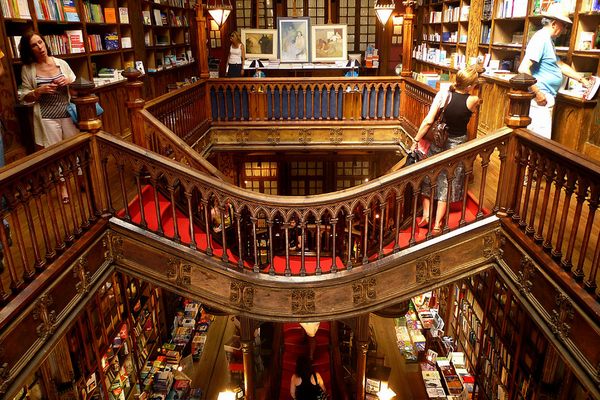

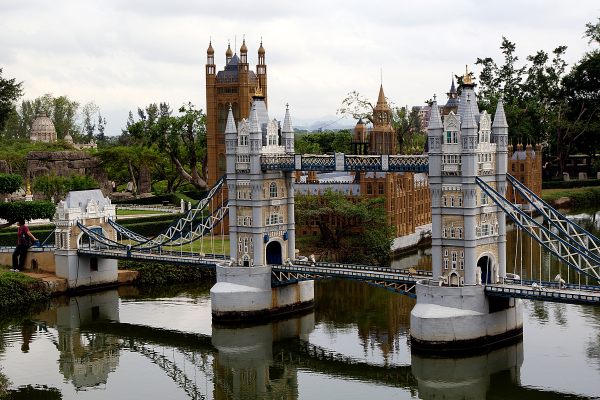





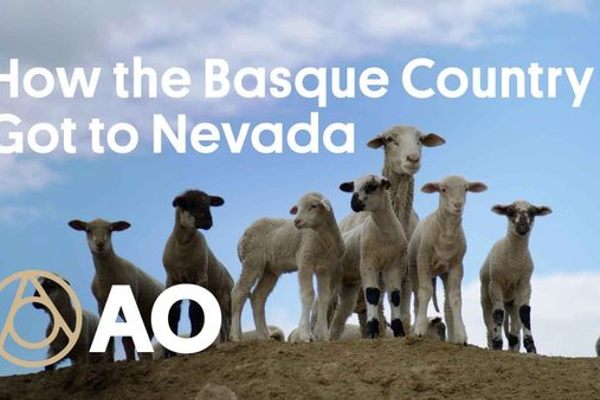
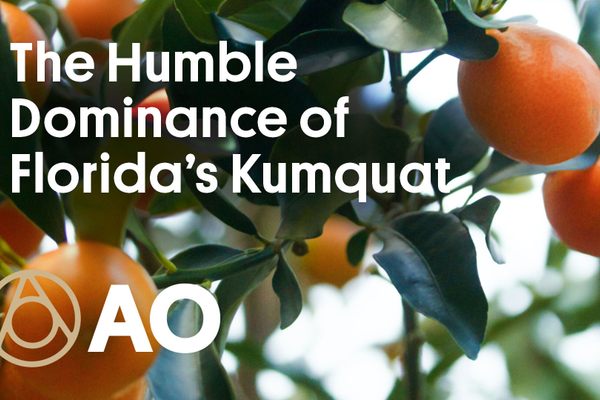

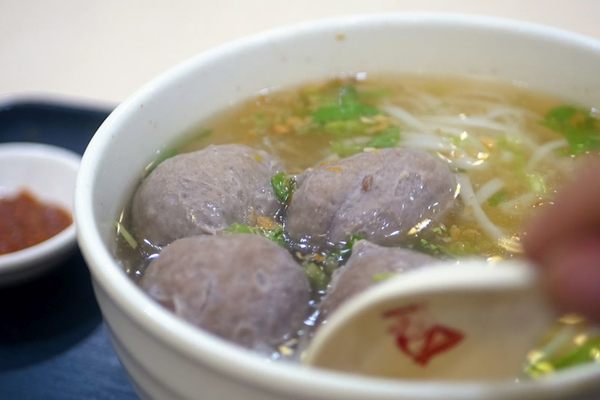


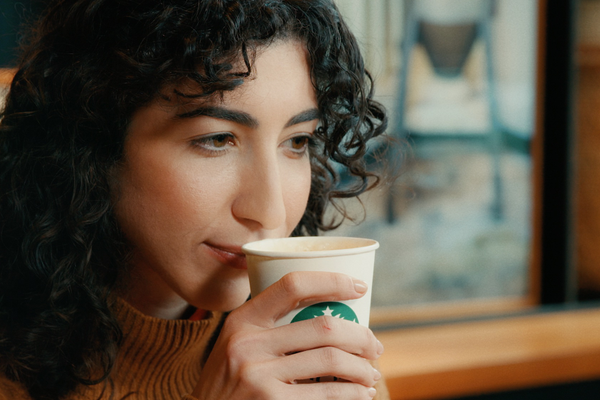
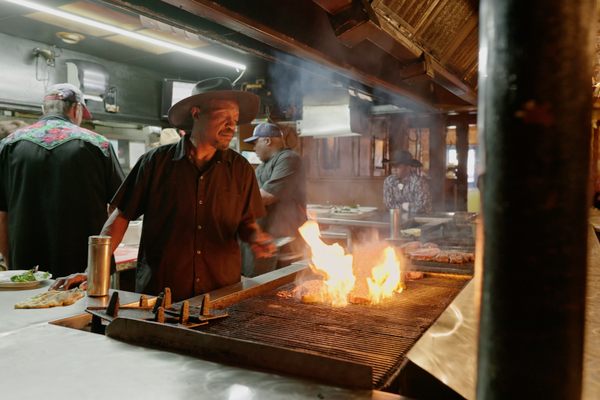
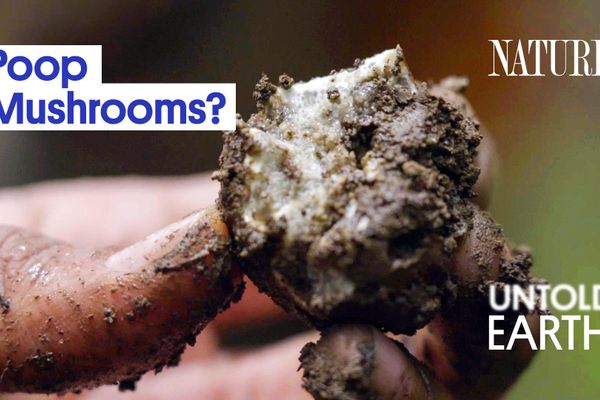
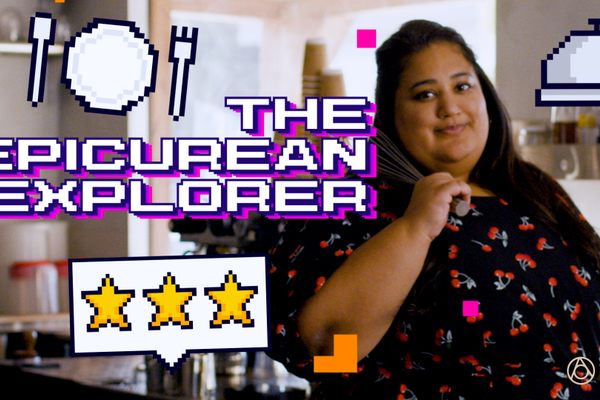
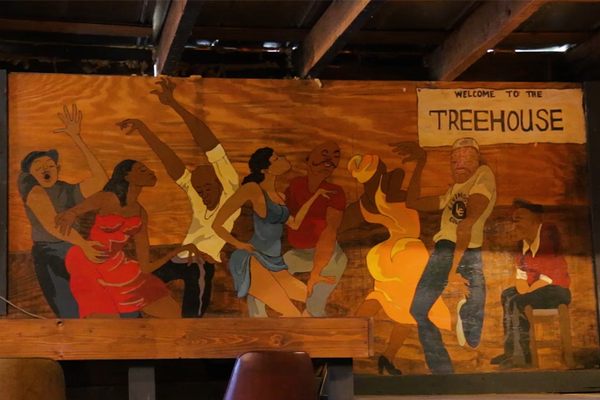

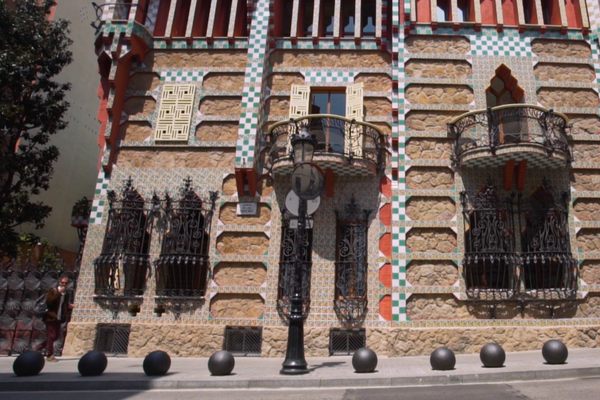

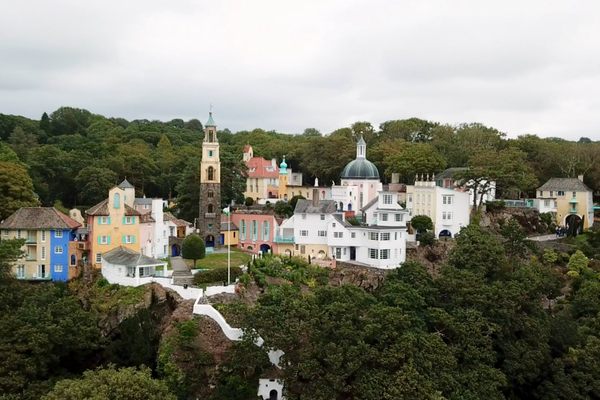
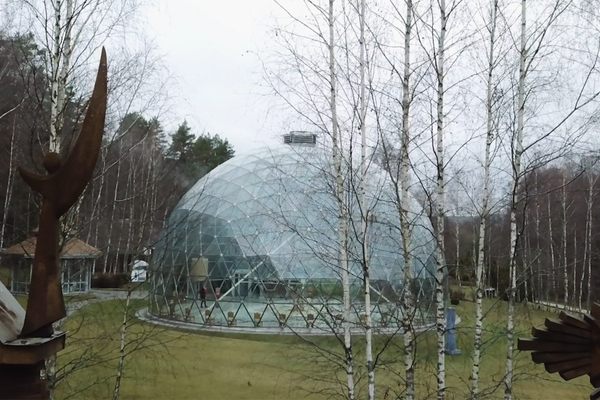
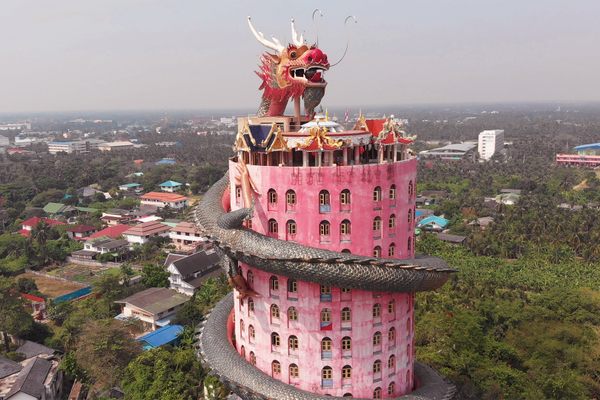
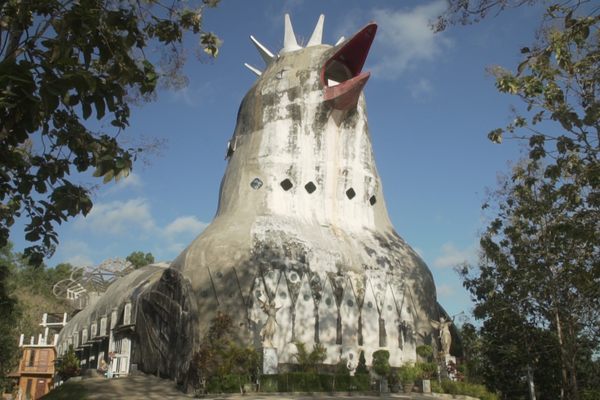
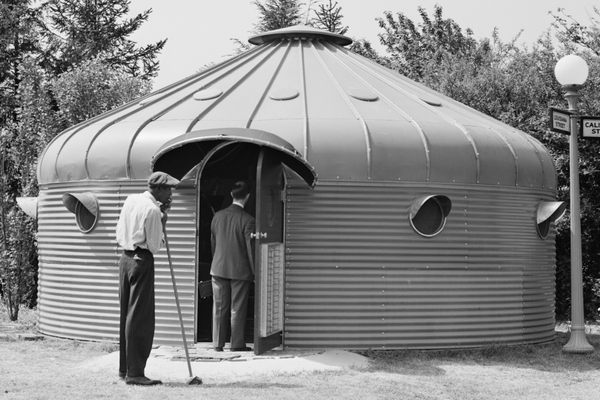
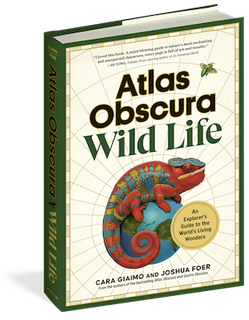

Follow us on Twitter to get the latest on the world's hidden wonders.
Like us on Facebook to get the latest on the world's hidden wonders.
Follow us on Twitter Like us on Facebook